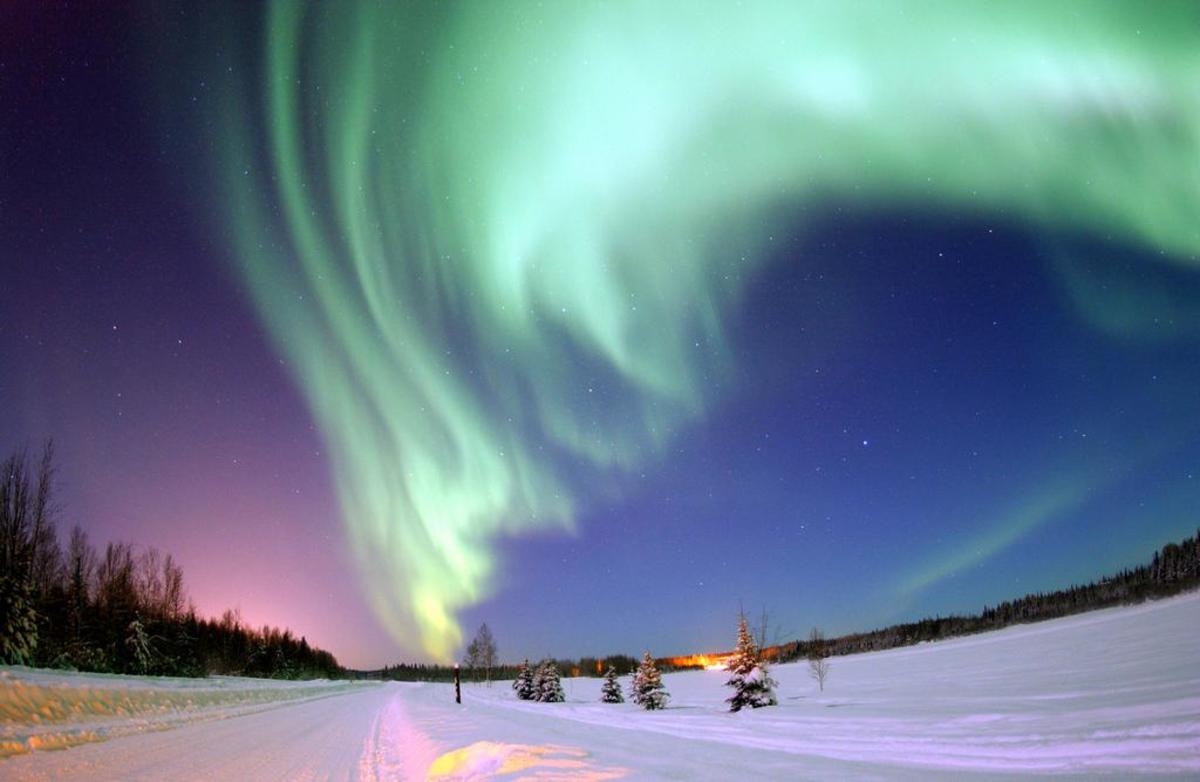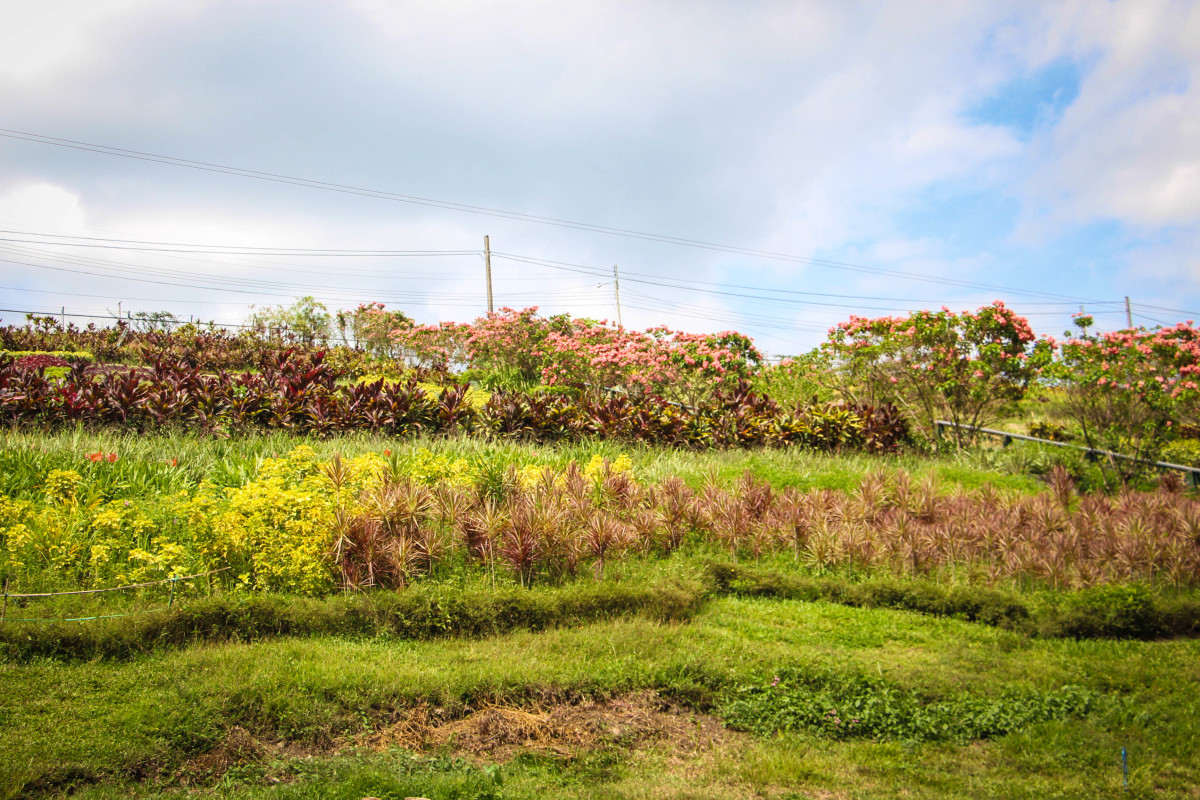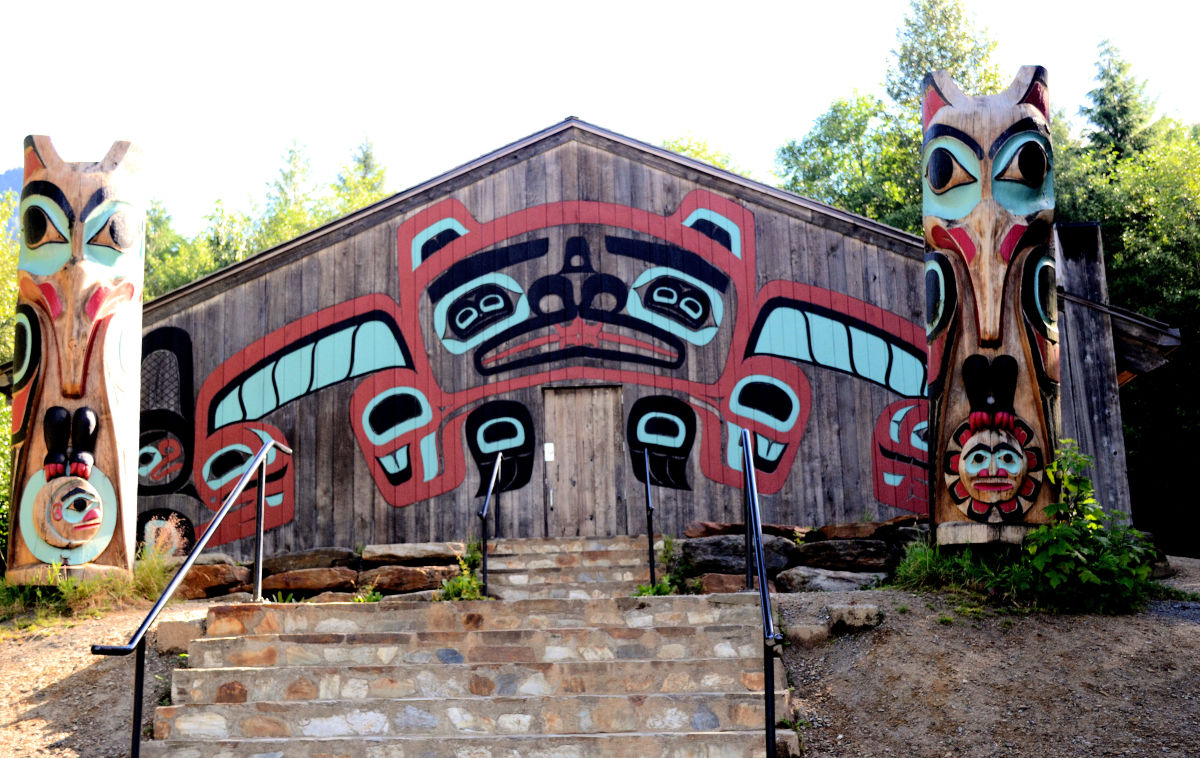Canadian Ski Marathon - A Nordic Skiing Adventure
My Introduction to Nordic Skiing
Whenever I think of winter sports the first thing that comes to mind is cross country or Nordic skiing.
I was first introduced to skiing while in college in northern Wisconsin. The long winters and abundant snow in northern Wisconsin made for good skiing and my friends and I soon took up the sport.
One of the nice things about skiing in northern Wisconsin and Upper Peninsula Michigan, in those days at least, was short lines. It was not uncommon to ski down a hill and immediately grab on to the rope tow or jump in a chair on the chair lift and go right back up the hill.

However, after graduating and leaving the far north, I discovered that the lines were longer, the winters shorter and the price of lift tickets much higher in the southern part of the state where I moved after graduation.
That was when my sister told me about cross country skiing. Going home one Christmas I found my sister talking excitedly about cross country skiing which she had been introduced to during the year she spent studying abroad in Denmark.
While skiing along flat land did not sound as thrilling as flying down hill on alpine skis, the sport did have the attraction of being able to ski in any park or golf course for free and without having to wait in any lines. She also showed me an article in one of her Nordic ski magazines describing the annual Canadian Ski Marathon which was, and still is, held the second weekend of every February.

I Register for the Marathon
Since the marathon was held the same weekend as President's Day in the U.S., it was a 3 day weekend which both my sister and I had off from work.
So, I made plans to catch a plane after work on Friday of the marathon weekend from where I was living and working in Wisconsin and made plans to meet her and my younger sister in Montreal where they would drive from where they lived in Western New York.
Upon returning to Milwaukee after Christmas, I purchased a pair of cross country skis and boots and, a few weekends later, spent a weekend in Wisconsin's Door County trying out the new sport with my brother and his wife. I learned a couple of things on this trip which turned out to be my only experience with cross country skiing before the marathon.
I Learn How to Dress For Skiing and How to Wax My Skis
First, despite being an outdoor winter sport, Nordic skiing is a very warm sport. The sport itself is great aerobic exercise as your whole body is involved.
This intense, body-wide, activity generates heat and, despite the cold, you warm up fast when moving. The result is that, instead of heavy alpine ski clothing, you dress in layers of lighter clothing that can be easily removed and carried in a light backpack.
My brother also introduced me to a trail mix he had learned to make by combining peanuts, raisins and M&Ms. This was easy to make, easy to carry, tasted good and made for a great snack and energy booster on the trail.
Finally, he explained the importance of waxing and how to apply it. This was the early 1970s and cross country skis were made of wood. Wax was needed in wet snow to keep the snow from sticking to the bottom of the skis causing drag and slowing you down.
Wax was also used to help the skis attract and hold some ice crystals that would help keep the skis from sliding backwards when skiing up hills.
A couple of weeks later, in mid-February, I caught a plane after work and flew to Montreal where I met my sisters and we drove to the high school in the little town of Papineauville, Quebec where we would be staying on Friday and Saturday night.
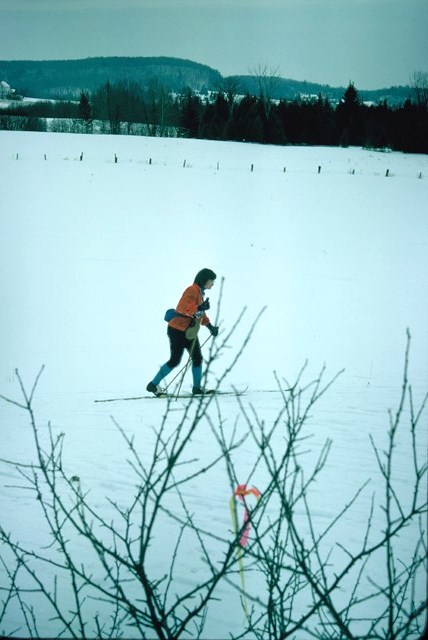
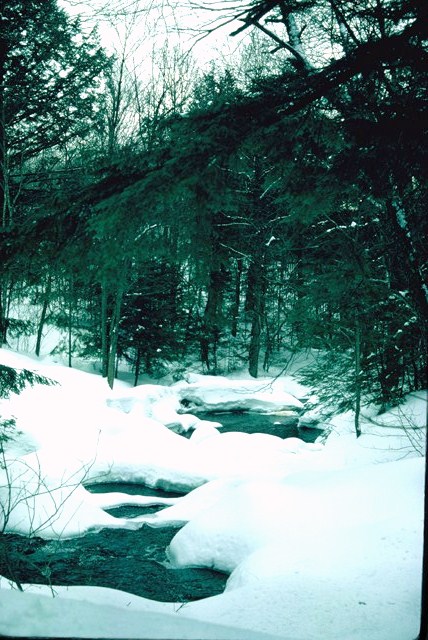
The Canadian Ski Marathon
The Canadian Ski Marathon first took place in 1967 as a part of the year long 1967 Centennial celebrations that celebrated the coming together of the provinces of Quebec, Ontario (actually Ontario and Quebec had been one province but were split at the time of the Confederation), New Brunswick and Nova Scotia to form the Canadian Confederation which began Canada's transformation from a collection of British colonies in North America to the nation that it is today.
Following its introduction in 1967 the Canadian Ski Marathon, or CSM, continued as an annual event making it the oldest as well as the longest Nordic ski tour event in North America. The CSM follows a 160 kilometer (approx 100 mile) route through the Laurentian Mountains in Quebec from Lachute to Gatineau.
It is a two day event with the route being divided into ten sections and skiers skiing up to five sections each day. I say up to five sections as most of us don't ski the entire route. But that's ok as the focus is fun and not competition per se. Participants get to choose whether they want to participate as Coureur des Bois, Individual or Team Tourers.
The Coureur des Bois category is for serious competitors who compete to earn recognition in various Bronze, Silver and Gold Coureur des Bois categories. They also get to start at 6 a.m. each day, two hours earlier than everyone else.
In the Tour category there are some recognitions that the CSM bestows upon individuals and teams who complete a certain number of sections. However, it is basically up to each skier to decide what they want to get out of the event and this can range from striving for one of the CSM recognitions, to setting and completing their own distance goal or simply enjoying a day skiing alone or with old or new friends (and there is plenty of opportunity to meet new friends both on and off the trail).
The course itself runs across private land most of which is only open to the public during the marathon. The scenery along the route is spectacular and that alone is worth investing in a pair of skis and participating.
The communities along the route go all out for the marathon. Schools and other public buildings are opened to provide accommodations for the skiers. Volunteers staff the rest stops at the end of each section.
The stations at the end of each section have portable toilets, food and first aid stations as well as shuttle busses for those who want to stop at that point. Volunteers also patrol each section to both provide aid (all participants are required to stop and assist anyone they encounter who is injured and stay with them until help arrives) to those who are injured or break their skis.
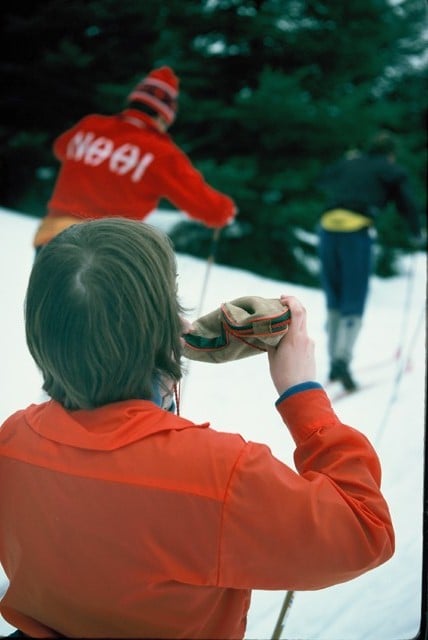
My First CSM Experience
The three of us were staying at the local high school in Papineauville which was one of the places communities along the route had made available to house and feed skiers.
When registering for the event, individuals, in addition to the registration fee, have the option of registering and paying for accommodations as well and these range from budget accommodations at places like the gym floors and cafeterias of local schools, to area motels to luxury rooms at the Fairmont Le Château Montebello. We registered for the budget accommodations.
It was close to 1 a.m. when we got to the school and, with the help of the dim glow of the emergency exit lights, my sisters found their way across the sleeping bodies covering the gym floor to a corner they had previously staked out with their skies and sleeping bags. I managed to find an empty spot near the door where I crawled into my sleeping bag and tried to get some rest.
We ate breakfast in the school cafeteria and then boarded a school
bus which took us to a golf course in Lachute which was the location of
the mass start. And mass it was with hundreds of skiers trying to keep
warm in the early morning cold along with spectators and local TV
cameras. And more skiers kept arriving as buses continually arrived
with new loads.
At 8:00 a.m. the starting gun was fired and a
huge mass of skiers surged across the golf course. Forgetting our cold
wait, all were thrilled with the enjoyment of being a part of this mass
of humanity out to enjoy the beauty of nature on this cold, but sunny
morning.
What looked like a human stampede from the outside was actually very orderly on the inside as this was a very friendly crowd brought together by a love of this outdoor winter sport. While each had their own goals for what they wanted to accomplish that day all shared a common goal of having fun in the wintery outdoors.
As the mass of humanity progressed across the golf course, slower skiers dropped back and let faster ones pass and what had begun as a mass of humanity strung across the width of the field soon morphed into more of a funnel shape as those in front began to move toward the middle and form a line aimed at the trail that began at the end of the course.
The result was a line strung across the course as we approached the trail and, thanks in part to the wide variation in individual speeds, there was not much of a bottleneck or slow down as we converged on the narrow trail at the end.
Meeting People on the Trail
Despite the huge number of skiers involved, the length of the wilderness trail, the variation in skiing skills and individual aspirations for the day combined with the fact that this was not a competition (the Coureur des Bois class of skiers having started in the pre-dawn darkness two hours earlier and thus way ahead of the touring class) resulted in skiers being widely disbursed along the trail.
Some set a fast pace in an effort to accomplish a distance goal, others, like me, a moderate pace intended to allow time to take in the scenery as well as achieve a modest distance, and the remainder just out to enjoy a winter day skiing one section of the course while chatting with family or friends skiing at the same pace with them.
The trail in most areas was narrow varying in width with some sections in wooded areas being just wide enough to accommodate a single skier to other areas being able to accomodate up to four or more abreast. When a faster skier came up behind a slower person or group he or she would holler track and the person or persons on the trail would move to the side and let the faster skier pass.
It was not uncommon to either catch up with a skier going just a little slower or have one going just a little faster catch up and the two travel together and visit for a ways before one decided to take off alone again.
A Brief Encounter with Jackrabbit Johannsen
When I first started attending the marathon in the early to mid-1970s the legendary Nordic skier, Herman "Jackrabbit" Smith-Johannsen, was not only still alive but also a skier in the marathon.
Jackrabbit Johannsen, as he was affectionately known, was born in the town of Horton, Norway in 1875. After graduating from the University of Berlin with a degree in engineering in 1899, he came to the United States where he took a job selling machinery. In 1907, following some business trips to Canada he moved himself and his family to the Laurentian Mountain area of Quebec.
While Jackrabbit wasn't the first to introduce Nordic style skiing to the U.S. and Canada, he did much to grow the sport in North America. An avid Nordic skier all of his life, Jackrabbit built trails and promoted the sport extensively in his free time.
His nickname, Jackrabbit, was bestowed upon him by Cree Indians in 1902 whom he met on a business trip to northern Ontario. Joining some Cree on an outing in the wilderness area north of North Bay, Ontario, the Cree were impressed by the speed at which he traveled through the snow on his skies compared to their pace on traditional snow shoes.
In the second or third year of my participation I think that I encountered Jackrabbit on the trail. I came around a bend into an open area where the trail widened and there ahead of me was an old man, bent over concentrating on his skiing.
I passed him and he looked exactly like the pictures of him in his nineties skiing in other Canadian Ski Marathons. This was the mid 1970s which would have made him 100 years old or very close to it as he lived to be 111 years old (dying in 1987) and continued skiing almost to the end of his life.
My surprise and awe in being in the unexpected presence of such an iconic figure combined with a bit of uncertainty as to whether it really was Jackrabbit and mostly not wanting to disturb what appeared to be his concentration, I simply skied past him with only a nod of recognition.
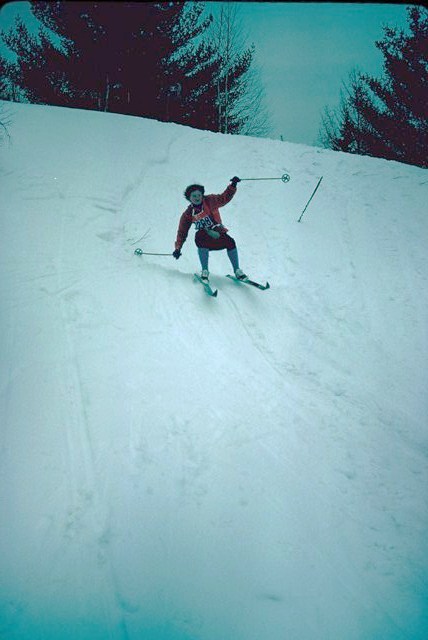
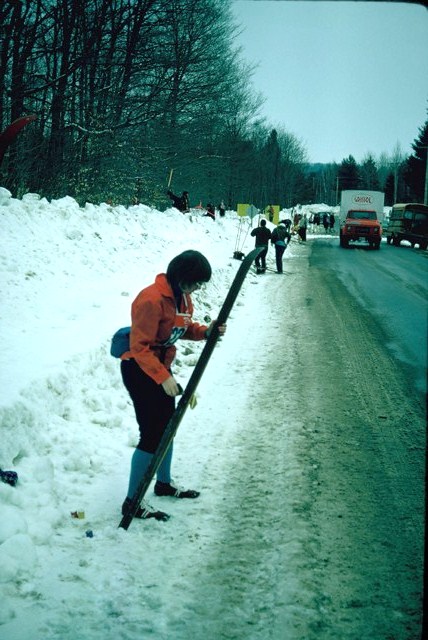
Memories of the Trail
Starting at Lachute (in those days the event always started at Lachute and ended at Gatineau (now days, according to the CSM website, the starting point alternates each year between Lachute and Gantineau) the first two sections are long and interspersed with rolling hills. The trail passes through both open country and wooded areas. The whole area is blanketed with deep snow.
I discovered just how deep on occasions when I stepped to the side of the hard packed trail and removed a ski to wax it. If I put weight on the leg without the ski the leg immediately sunk to my thigh or even hip in the soft snow.
While I would periodically overtake or be overtaken by fellow skiers, I was often alone in the peaceful white wilderness. Occasionally I would see a wilderness shack or farmhouse in the distance. There were a couple of points where the trail crossed a country road covered with hard packed snow which made it easy to ski over.
At these crossings there was usually a police car with lights flashing and an officer stomping his feet in an effort to keep warm. I rarely saw any cars on these roads, the the officers were there anyway to halt traffic and allow skiers to cross safely.
At one point the trail came out of the woods and into a large clearing dotted with empty cabins. A sign announced that it was an Estonian Boy Scout Summer Camp. But in February it had the appearance of a ghost town sitting in a now isolated wilderness.
I participated in the marathon for almost a decade or more before getting married and moving to Arizona where it was too far and too expensive to continue the annual event. In the beginning I managed to complete two sections the first day and one the second. I soon managed to get a second section in the second day as well.
After the second or third year I was able to complete the second section the first day with both time and energy to take on the relatively short third section.
However, this section consisted of basically skiing up one side of a small mountain or very large hill depending upon one's perspective and then skiing down the other side, the last part of it being the downhill run of an Alpine ski resort. I was a little concerned about tackling this especially the part that involved a downhill ski run using cross country skis that lacked both the maneuverability and safety features of downhill skis.
A Cold Beer at the End of a Tough Trail
However, one year I decided to give it a try. The uphill part was time consuming and physically tiring but not overly difficult. I kept my skis well waxed which kept them from sliding backwards as I went up the hill. The side of the mountain was all forest and the trail wound around and upward through the woods.
After what seemed like forever, I finally reached the top. Still in the forest, I found myself skiing on a downward sloping but very winding trail which helped me keep my speed under control. Then, I came to a small flat spot where I stopped to check the trail ahead.
Ahead the trail was straight and narrow and led down a rather steep slope for about 40 to 50 feet or more before hitting an open area. Once you started down the hill you had to keep your balance and stay in the tracks. The only way to stop would be to fall and, given the speed and narrowness of the trail, this virtually guaranteed a broken ski or skis and possibly a minor injury.
At the bottom of the hill the trail entered a flat open area which should have been fine as one could have simply coasted to a stop. However, about ten or fifteen feet from where the flat open space started the area was cut by a narrow stream winding through.
From bank to bank the stream was probably four to five feet in width with a bank about a foot or two high on either side. However, on top of the bank was three to four feet of snow the combination of which made for a hazardous drop.
The trail headed straight for a very large log that lay as a bridge across the stream. The log was the bridge and the trail went straight across it.
By the time one reached the bottom of the hill the speed was such that there wasn't room to slow down or stop, other than taking a major tumble, without landing in the stream. The challenge then became maintaining intense concentration and keeping balance while skiing across the log. Once you reached the other side of the log the distance you had traveled across the open area was such that the momentum from the hill began to wear off fast and it was easy to come to a safe stop and breath a sigh of relief.
Despite the challenge, the adrenalin rush and satisfaction of successfully navigating that section more than compensated for the momentary fear you encountered following the no stopping decision to take on that particular run.
From that point it wasn't far to the top of the downhill ski slope. This was more of a beginner bunny hill or easy intermediate slope and, having had experience with downhill skiing, I was able to control my skis enough to make it down without much trouble.
Section three ended at the ski lodge and, even in later years when I still had enough time to start Section 4, I never did. Fatigue played a part, but the real obstacle was the choice between the glory of completing another ten miles or so of trail or sitting down with a cold beer in the ski lodge and recounting the day with others who had also decided to have a beer and call it quits for the day.
The decision was a no brainer and the cold beer always won out.
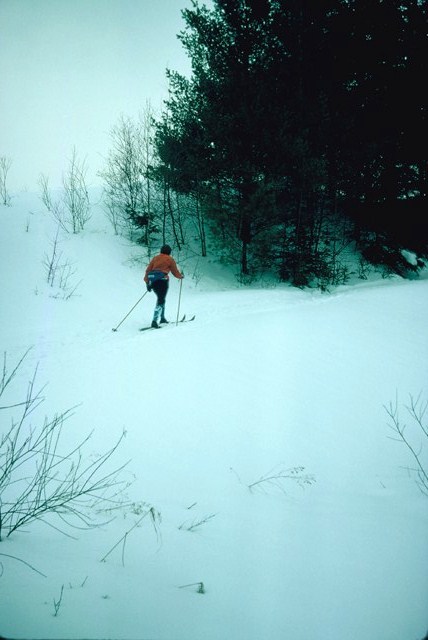
While it has been a few decades since I last skied in the Canadian Ski Marathon, I still have many fond memories of the decade in which I skied in it every year.
And while the climate in Southern Arizona is not conducive to Nordic skiing thereby forcing me to give up the sport after moving here.
However, as February rolls around every year I am reminded of the good times in the Laurentian Mountains.
This makes me think that maybe next year I should invest in some new skis and use some of my, now abundant, vacation time to travel back to the Laurentian's and enjoy the Quebec winter again.
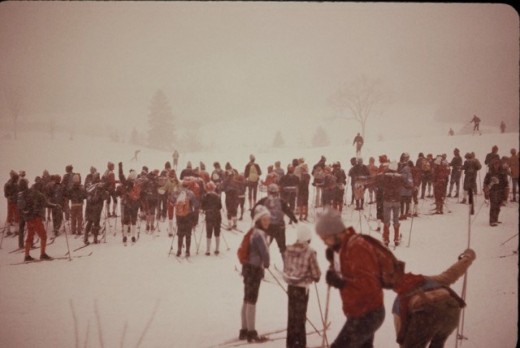
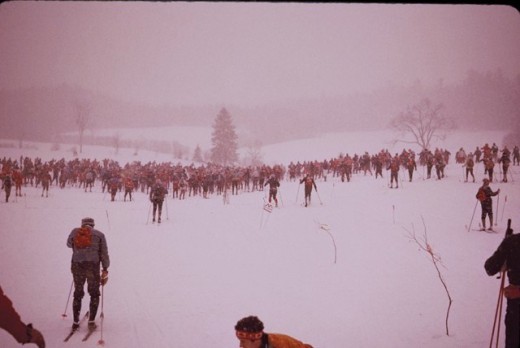
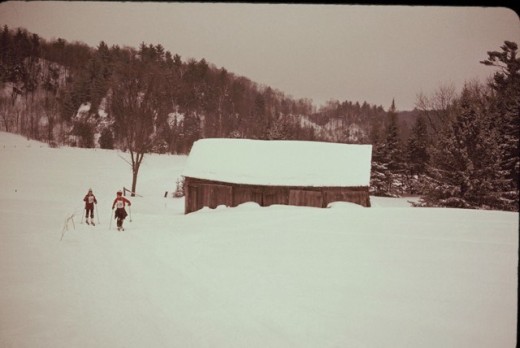
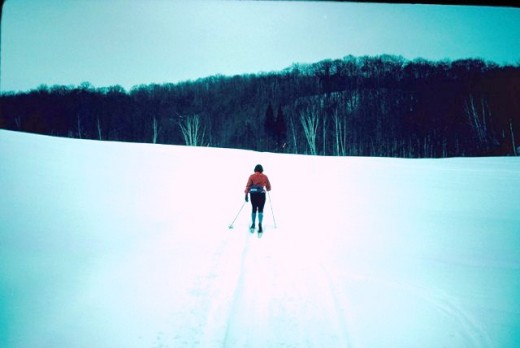
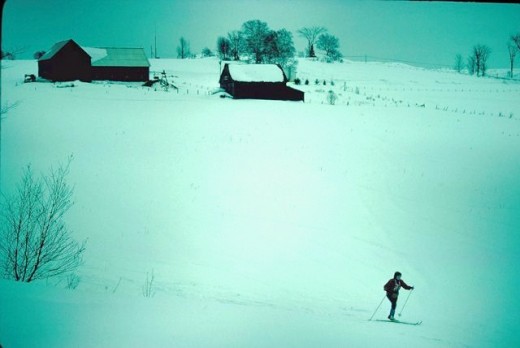
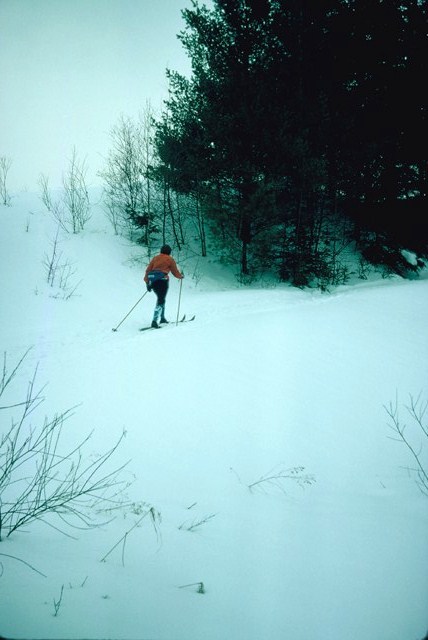
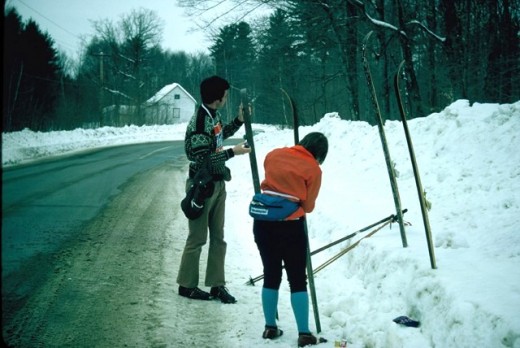
Links Canada and Winter
- Casa Loma - A Castle in Toronto Canada
Located on a hill at 1 Austin Terrace overlooking the city of Toronto, Ontario Canada, Casa Loma (Spanish for House on a Hill) is a Gothic style castle with a grand view of the surrounding city. Despite its... - Canada's Fortress of Louisbourg National Historic Site
A number of years ago while living back in my hometown of Rochester, New York and working in my first job which provided me with a two-week paid vacation, I teamed up with my younger brother and sister, who... - Canadian Ski Marathon - Marathon Canadien de Ski
Official Website of the Canadian Ski Marathon - The Snowstorm that Crippled Tucson A Photo Essay
Having grown up in Rochester, New York and gone to college in Superior, Wisconsin, snow and cold weather are nothing new to me. However, I have lived in Tucson, Arizona for the past 20+ years and snow is...

Click Here for Other Hubs on this Topic
- My Brief Adventures in Winter Sports
I hate winter sports. That's right, I'm the one. Basically winter sports consists of derivatives of two real sports: ice skating and skiing. Curling doesn't count because it's silly. It's a semi-combination... - Winter Sports? Sminter Morts ah Hum Bug!
gorgeous Heavens Peak, Glacier National Park Wolf Here, this is what our window looked like and te icicles are soooo pretty but eventually they have to come down or the entire thing will collapse...hey, I... - Winter Wonderland: Great Canadian Winter Sports Destinations
The 2010 Vancouver Winter Olympics will soon be upon us. What better time to celebrate Canada's greatest winter sports destinations - Banff and Jasper - internationally renowned National Parks, hot vacation destinations, home of majestic mountain sce - Skiing in France
Last week I went skiing in the Auvergne. We choose the skiing resort of Lioran in the Cantal Mountains or as the French call it, the Massif Cantalien. The landscape there is awesome; the ski resort of Lioran is amidst a pine forest in the biggest vol - Curling: Shuffleboard On Ice
With the 2010 Winter Olympics, the world will have another chance to view curling as a winter sport. The Olympiad is the only chance some spectators have to see this lesser-known event, since ice is required...
Map of Canadian Ski Marathon Route When I Was Participating in the Event
Lachute, Quebec - the town at the start of the Canadian Ski Maratheon.
Montebello, Quebec the location of the mid-point of the CSM route as well as home to a beautiful, rustic lodge for well heeled travelers.
Gatineau, Quebec the city at the end of the CSM trail when I was skiing in the Canadian Ski Marathon.








